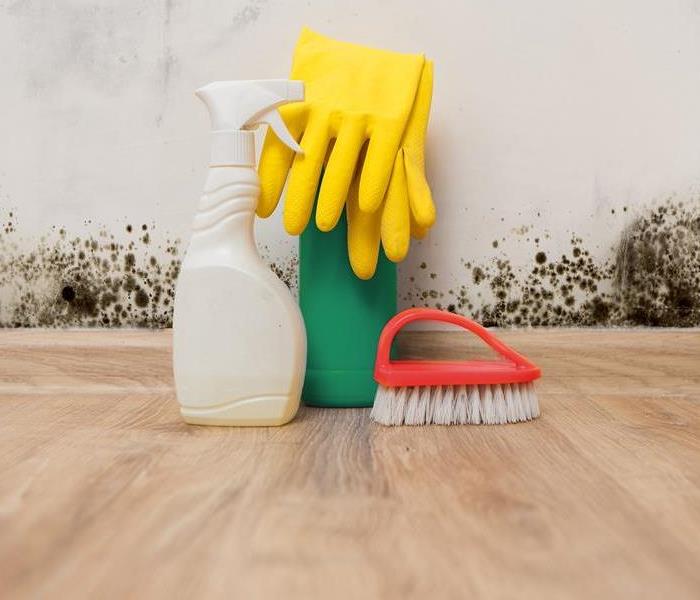Steps for Cleaning Moldy Paintings
9/11/2018 (Permalink)
Excess moisture can create the environment that mold needs to grow. If your home in Levittown, PA, floods or has a problem with high humidity, you may find mold on some of your belongings. This includes furniture, clothing, books and even art. Here are a few mold cleaning tips to help you salvage affected paintings.
1. Determine Type of Painting
The first thing you need to do is determine what kind of painting you're dealing with. You may want to save your watercolor, but keep in mind that cleaning it with water may damage it beyond repair. Acrylic paint is sturdier. An oil painting, however, is probably going to be easiest to save as long as you don't use chemicals that damage the oils.
2. Remove Canvas from Frame
The next step of mold cleaning is to separate all the parts. Take the frame off the canvas and lay the canvas flat.
3. Clean Back of Painting
The back of the painting is the easier side to clean. Mist it with a rubbing alcohol and water solution and then gently wipe off the mold.
4. Clean Front of Painting
The front of the painting is tricky because it's best to do it without chemicals. The easiest way to clean it is by letting the mold dry first. Then use a vacuum equipped with a HEPA filter to remove the mold damage.
5. Dry Painting
The sun is the best tool for drying your painting. While prolonged exposure to sunlight can damage it by altering colors, your painting won't be outside or on a sunny windowsill long enough for fading to become an issue.
Keep in mind throughout the process that mold remediation is often a job best left to the professionals. If you are ever uncertain about a step in the process, it is safer to call remediation specialists to take over the mold cleaning process.
For more on Levittown click here.






 24/7 Emergency Service
24/7 Emergency Service
